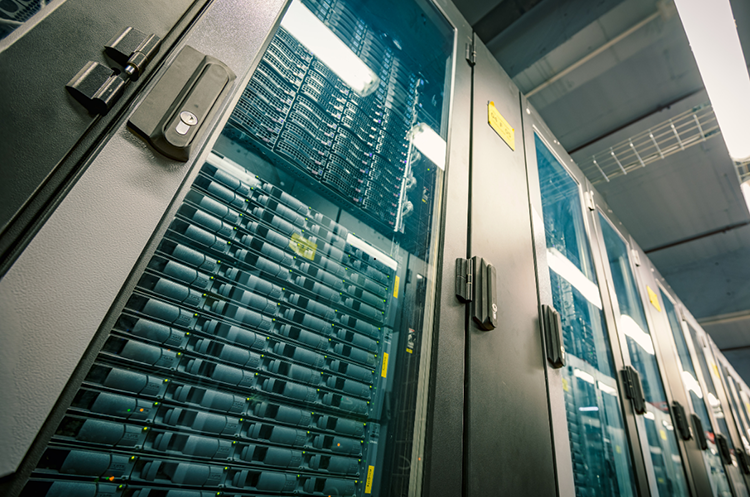How Cooling Systems Are Shaping the Future of Poland’s Data Centres
Poland’s data centre market is emerging as one of the most dynamic investment destinations in Central and Eastern Europe. With more than 120 facilities already in operation, forecasts suggest national IT load capacity could approach or exceed 500 MW by 2030, nearly three times the current level. While power supply and location remain decisive, industry experts note that the real differentiator for competitiveness is increasingly found in heating, ventilation and air-conditioning (HVAC) and advanced cooling systems.
Cooling has become one of the largest components of running costs, with studies showing that it can account for around a third of a facility’s electricity demand. Although advanced systems require higher upfront capital expenditure, they can lower overall Power Usage Effectiveness ratios and reduce long-term energy bills. Investors are therefore scrutinising whether such systems can pay back within the lifecycle of a facility, which typically stretches to two decades.
The technological challenge is being driven by soaring power density. Only a few years ago, cooling a rack designed for five to ten kilowatts was standard. Now, artificial intelligence and machine learning workloads are creating demand for configurations reaching 50 to 100 kilowatts per rack. This shift is putting pressure on operators to move beyond conventional air cooling toward liquid-based solutions.
Liquid cooling is no longer seen as experimental. Global cloud operators such as Microsoft, Google and AWS have announced facilities across Europe designed with liquid cooling as standard, reflecting a wider industry forecast that as much as 40 percent of data centres worldwide could deploy such systems by the middle of this decade. The technology allows significantly higher computing capacity within the same space and provides a pathway to improved profitability.
Environmental performance is also becoming decisive in investment decisions. Operators are expected not only to disclose their carbon footprint but also to demonstrate concrete decarbonisation measures, such as the recovery of waste heat for use in district heating networks. As European Union regulations on building performance tighten, these elements are shifting from optional features to central requirements for attracting long-term tenants and contracts.
The greatest risk for investors is the rapid pace of technological change. Facilities designed around traditional air cooling may become obsolete within just a few years, prompting developers to focus on modular and upgradeable designs that allow for reconfiguration without shutting down operations. Compliance with forthcoming EU rules on energy reporting and carbon reduction strategies will also require careful planning.
With major global players already present and further capacity coming online in Warsaw, Kraków and Wrocław, Poland is consolidating its position as a regional hub. The competitiveness of its facilities will increasingly depend not only on their scale and location but also on the efficiency and sophistication of their cooling systems.
Source: Marcin Kosieniak, co-owner of the PM Projekt design office








